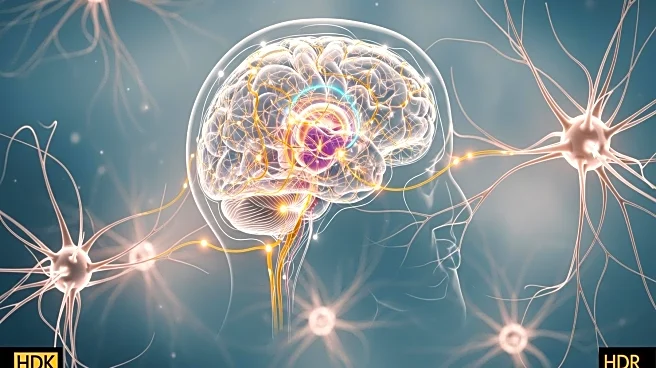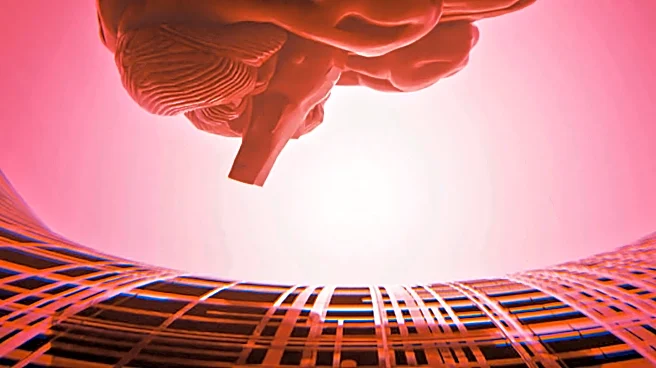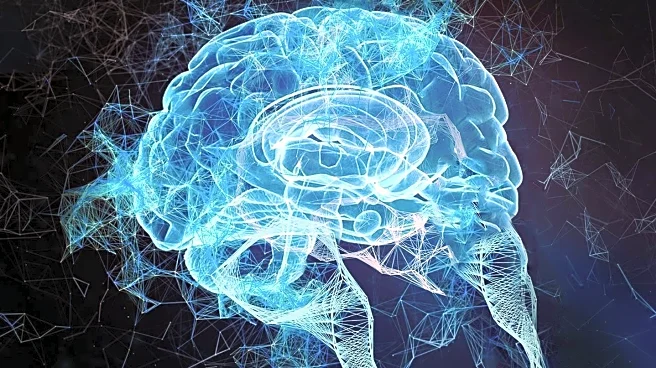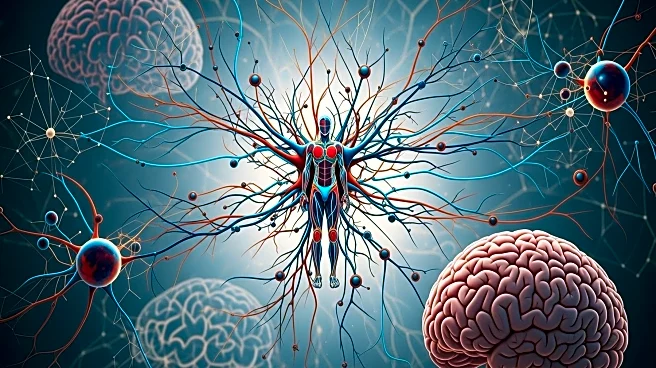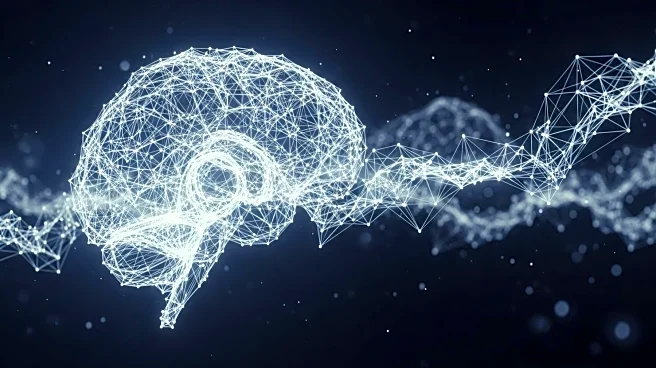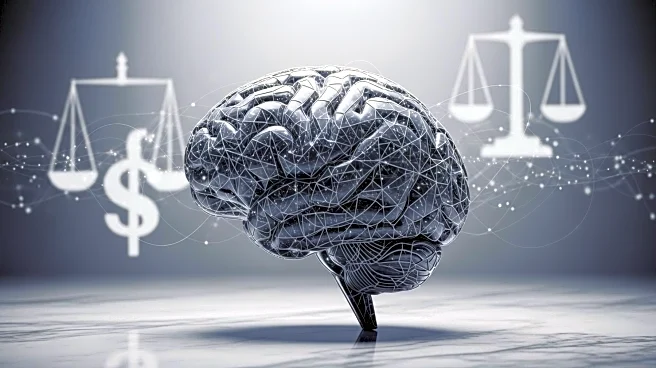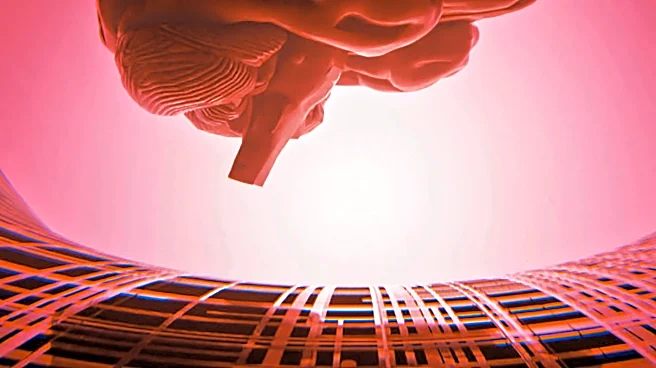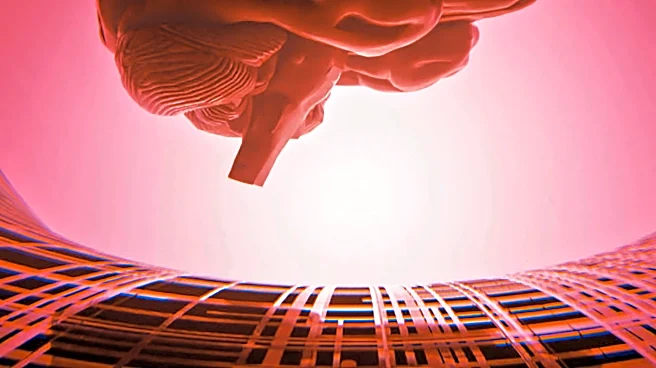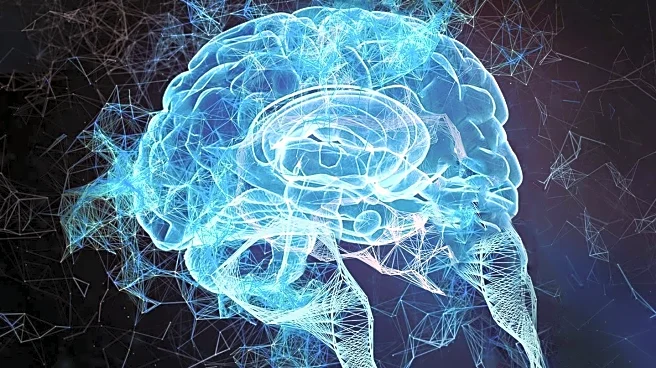What is the story about?
What's Happening?
A recent study published in Nature Neuroscience has challenged long-held beliefs about the brain's response to limb amputation. Traditionally, it was thought that the brain's body map, which allocates specific regions to different body parts, undergoes significant reorganization after an amputation. This reorganization was believed to involve neighboring body parts taking over the area once represented by the missing limb. However, the new study, conducted by researchers including Malgorzata Szymanska from the University of Cambridge and Hunter Schone from the University of Pittsburgh, found that the brain's body map remains stable even years after amputation. The research involved scanning the brains of three patients undergoing arm amputations, both before and after the procedure, using functional magnetic resonance imaging (fMRI). The findings revealed that the brain's map of the hand did not change post-amputation, contradicting the idea of large-scale brain reorganization.
Why It's Important?
The study's findings have significant implications for understanding phantom limb sensations, which many amputees experience as painful and vivid. Previously, these sensations were attributed to the brain's reorganization, leading to therapies aimed at 'fixing' the brain's body map. However, the new research suggests that the brain's map remains intact, indicating that these therapies may not address the root cause of phantom limb pain. This insight could shift the focus towards exploring other causes, such as nerve damage during surgery, and developing new surgical techniques to preserve nerve signaling. Additionally, the study's results could influence the development of advanced prosthetic limbs and brain-computer interfaces, which could utilize the preserved body map to improve control and sensation for amputees.
What's Next?
The study opens new avenues for research and development in prosthetic technology and pain management for amputees. Future efforts may focus on refining surgical techniques to maintain stable nerve connections and exploring innovative brain-computer interfaces that leverage the stable body map. These technologies could potentially restore natural control and sensation in prosthetic limbs, enhancing the quality of life for amputees. Moreover, the findings may prompt a reevaluation of current therapeutic approaches for phantom limb pain, encouraging the exploration of alternative treatments that address nerve-related issues rather than attempting to alter the brain's body map.
Beyond the Headlines
The study highlights the brain's remarkable resilience and stability, even in the face of significant sensory loss. This challenges the broader understanding of adult brain plasticity and suggests that the brain's ability to maintain a consistent body map could be a resource for future technological advancements. The research also underscores the importance of interdisciplinary collaboration, combining neuroscience, surgery, and technology to address complex medical challenges.
AI Generated Content
Do you find this article useful?
